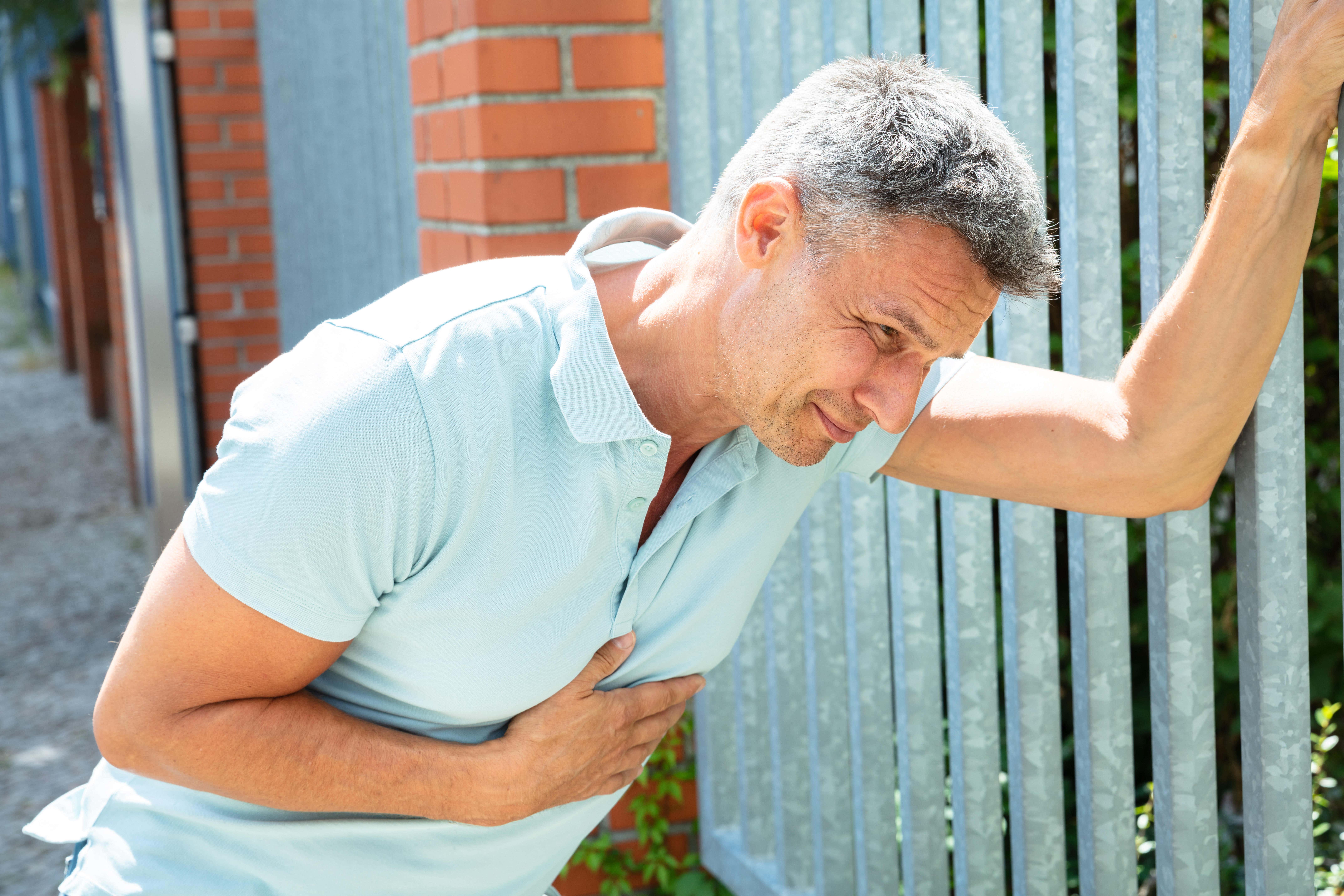What are the warning signs for a stroke?
“Mums, dads, grandparents, young people, even children can have a stroke, and its impact is traumatic.”

Your support helps us to tell the story
From reproductive rights to climate change to Big Tech, The Independent is on the ground when the story is developing. Whether it's investigating the financials of Elon Musk's pro-Trump PAC or producing our latest documentary, 'The A Word', which shines a light on the American women fighting for reproductive rights, we know how important it is to parse out the facts from the messaging.
At such a critical moment in US history, we need reporters on the ground. Your donation allows us to keep sending journalists to speak to both sides of the story.
The Independent is trusted by Americans across the entire political spectrum. And unlike many other quality news outlets, we choose not to lock Americans out of our reporting and analysis with paywalls. We believe quality journalism should be available to everyone, paid for by those who can afford it.
Your support makes all the difference.Strokes can affect people of all ages, so it is important to be aware of the symptoms which are often missed.
To mark World Stroke Day, on Tuesday October 29 this year, we have spoken to some experts who have explained what causes strokes, and have highlighted some of the early warning signs to look out for…
What is a stroke?
“A stroke and mini-stroke are caused by a blood clot or bleed on the brain which cuts off the blood supply, killing brain cells,” explains Juliet Bouverie, chief executive officer at the Stroke Association. “A stroke can leave survivors unable to move, see, speak, or even swallow.”
There are many different types of strokes – but ischaemic, haemorrhagic and a transient ischaemic attack are the main three types.
“An ischaemic stroke is caused by a blockage cutting off the blood supply to the brain and is the most common type of stroke,” explains Dr Angela Rai, GP at The London General Practice. “Whereas, a haemorrhagic stroke is caused by a bleed in or around the brain.
“A transient ischaemic attack is defined as stroke symptoms and signs that resolve within 24 hours, it is also known as a mini stroke and the blockage that stops the brain receiving blood is temporary.”
One of the most common misconceptions about strokes is that they can only happen to old people.
“We know this is not true,” says Bouverie. “Mums, dads, grandparents, young people, even children can have a stroke, and its impact is traumatic.”
What are some early warning signs to look out for?
The signs and symptoms of a stroke vary from person to person, as different parts of the brain are often affected.
However, there are some common symptoms to look out for which can be remembered by using the acronym F.A.S.T – which stands for Face, Arms, Speech and Time.
“Face – their face may have dropped on one side, so check if the person can smile and see if their eye or mouth has drooped on one side,” says Rai. “Arms – there may be arm weakness on one side so check if the person can raise both arms.
“Speech – their speech may be affected and become slurred so check if the person can speak clearly and understand you. And T is for Time – as it is time to call 999 immediately if you see any of these signs.”
Bouverie adds: “Other signs of a stroke can include blurred vision, memory loss, feeling dizzy or confused and unsteady on your feet and experiencing a severe headache. All of these symptoms can come on suddenly.”
What are some of the main risk factors of a stroke?
“High blood pressure is the biggest risk factor for stroke,” highlights Bouverie. “Other risk factors for stroke are age, medical conditions such as an irregular heartbeat (atrial fibrillation), diabetes, high cholesterol, smoking, drinking too much alcohol, being overweight and eating unhealthy foods.”
Can you do anything to reduce your risk of having a stroke?
“Several of the risk factors are modifiable and therefore early screening for medical conditions and appropriate treatment can reduce the risks of developing stroke,” says Rai. “Simple tests can be performed by your doctor to check if you are at risk, such as a blood test for cholesterol and diabetes, a blood pressure check and examination of your heart to check for valvular disease or abnormal heart rhythms.”
Implementing healthy lifestyle habits can also help.
“A healthy lifestyle is key, such as eating plenty of fruits and vegetables,” advises Rai. “Try to eat food low in saturated fats and salt, a high-fibre diet and wholegrains.”
Rai also recommends staying active through exercise, avoiding smoking and limiting your alcohol intake.